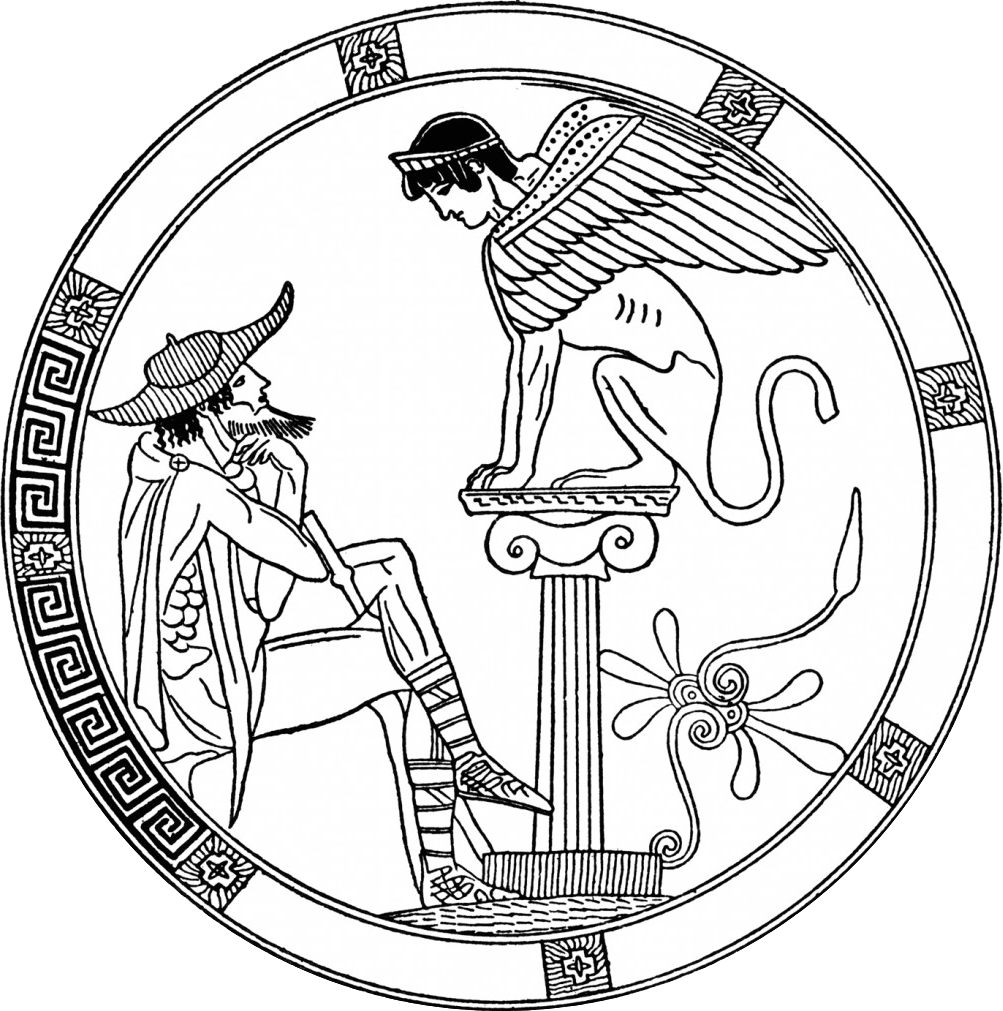Masculinity and Its Discontents
Published in the Journal of the American Psychoanalytic Association, 2023, Volume 71, Number 2.
Masculinity and Its Discontents: The Male Psyche and The Inherent Tensions of Maturing Manhood. By Michael J. Diamond. New York: Routledge, 2021, xiv + 138 pp., $170.00 hardcover, $39.95 paperback.
The field of psychoanalysis is at a crossroads with regard to our theoretical understanding of gender and sexuality. The notion that “anatomy is destiny” (Freud 1912, p. 189) has largely been debunked—or at least recontextualized—giving way to more nuanced theories of masculinity and femininity. For the past three decades, Michael Diamond has been at the forefront of this dialectic, writing prolifically about men, masculinity, and fatherhood. His new book, Masculinity and Its Discontents, offers an integrative developmental perspective on male gender identity through a critical examination of three historical waves of psychoanalytic gender theorizing. It is an ambitious project, one that partly eludes Diamond given the dynamic complexities of gender development and its various biological, familial, and cultural influences.
Diamond’s command of psychoanalytic theory is truly impressive, allowing him to provide a concise but highly comprehensive overview of how psychoanalytic thought has evolved to account for male psychic development. The first wave of gender theory is organized around Freud’s oedipal complex and the idea that a boy forms his masculine identity by defensively identifying with his father in an attempt to ward off castration anxiety associated with incestuous wishes and related patricidal impulses. Diamond is rightfully critical of the second wave of gender theory, commonly associated with the work of Ralph Greenson (1968) and Robert Stoller (1968), who, in studying “transsexuals,” argued that for a boy to establish a “normal,” healthy sense of masculinity he must first disidentify from his mother in order to counteridentify with his father. Diamond explores the conceptual and empirical limitations of the “dis-identification hypothesis” and persuasively refutes much of the evidence supporting Greenson’s and Stoller’s argument that boys are inherently “proto-feminine” and must renounce their feminine identifications with their mothers if they are to achieve a healthy sense of masculinity.
To read more, click here.
